
Challenge
Open landfills are more than an affront to one’s senses. Improperly managed, they can also result in grave environmental consequences and create health problems for people living for miles around. Open landfills are one of the principal sources of methane, a highly flammable gas that is 21 times more damaging to the environment than carbon dioxide. The Guatemala City dump emits such great quantities of methane gas that it literally catches fire several times a year — resulting in death and considerable destruction of land and property.
Initiative
USAID conducted studies to see whether methane gas from the Guatemala City landfill could be captured and converted into electricity. It found that the emissions from that dump are about 56 percent methane — higher than in any other Central American country. Working with the U.S. Environmental Protection Agency, the owner of the landfill, multinational companies, and municipal leaders, USAID conducted a test to see just how much electricity the dump could generate. Three test wells were dug and connected through a network of tubing to a pump that extracts the methane, which is then burned by a large torch.
Results
The burning gas will propel a turbine that creates electricity — and makes garbage a valuable commodity. The torch now gives off a flame so clear that only its shadow on the ground is visible. This source of electricity meets a triple standard: it is more economical to produce than other energy sources, it reduces pollution, and it creates a safer, healthier environment for local residents. The Guatemala landfill may set the example for others in the Central America region.

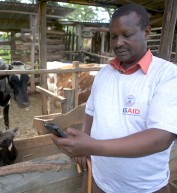
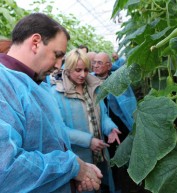
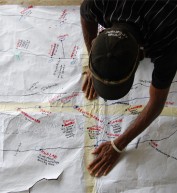
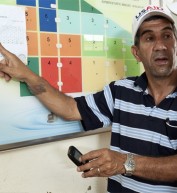

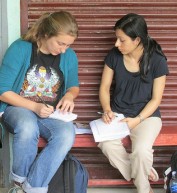
Comment
Make a general inquiry or suggest an improvement.